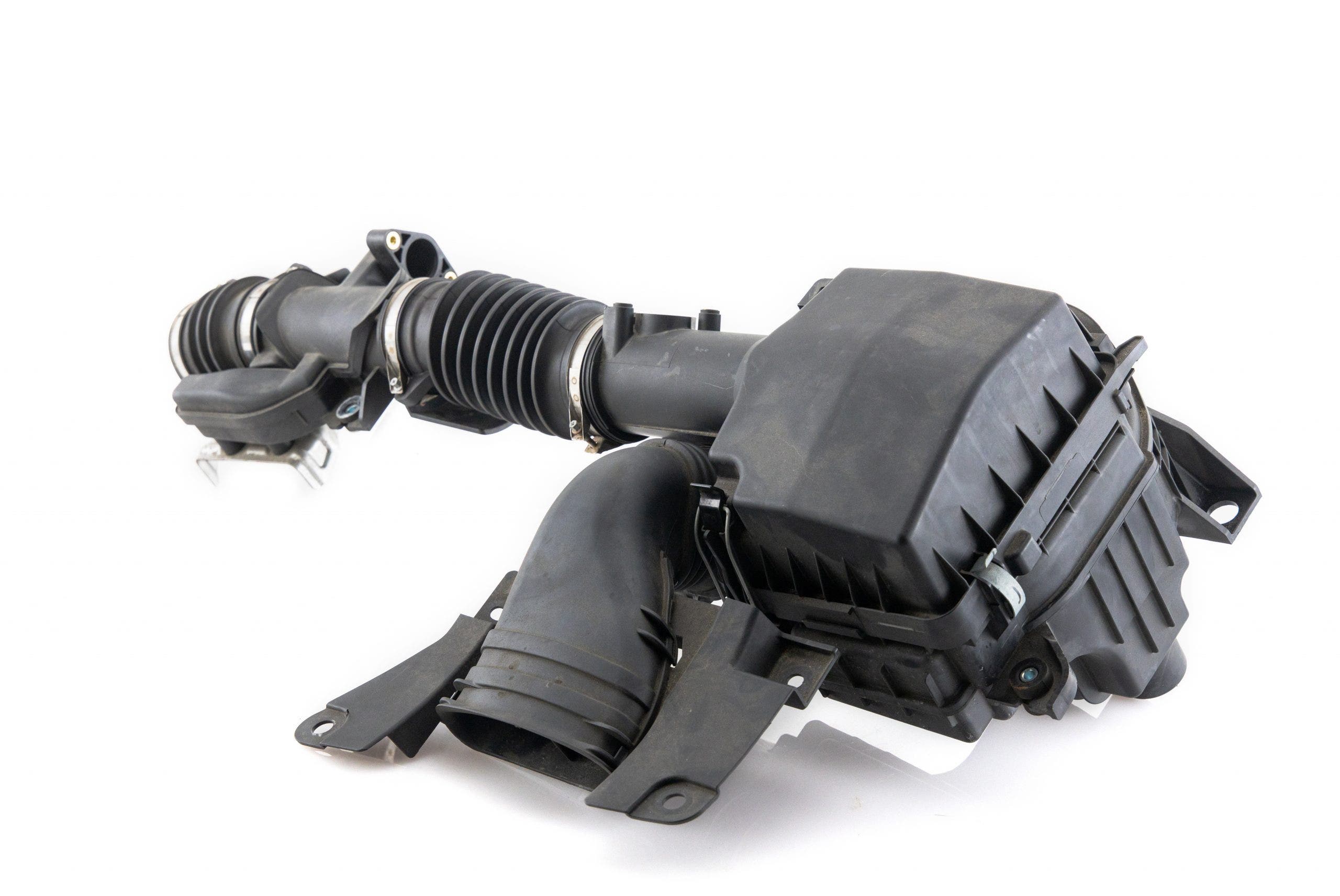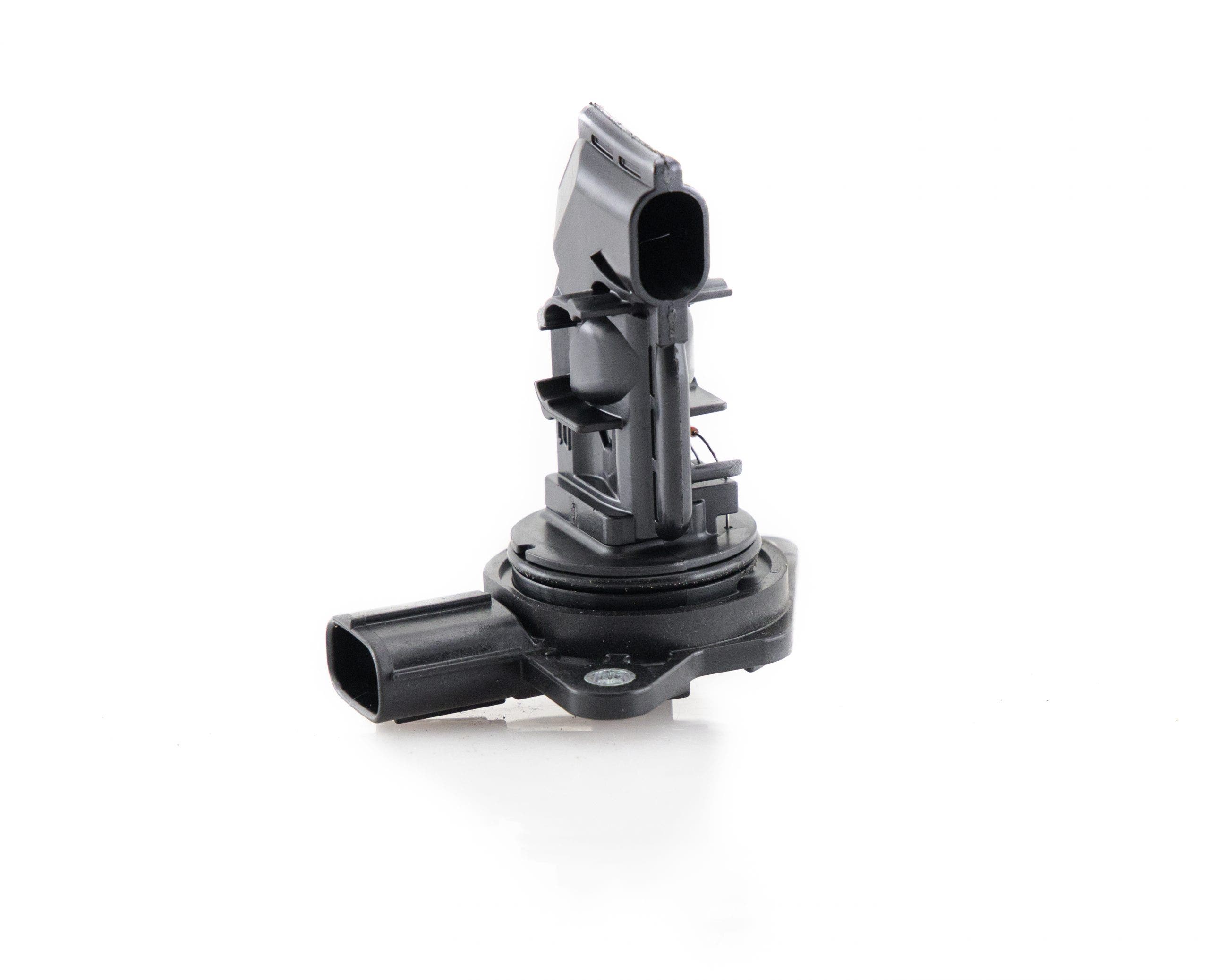
Airflow for the Masses - Performance Air Intake R&D, Part 1 - Stock Review
The last few years have solidified Honda's turbo generation. Sure, there have been sprinklings in the past, but the 2016 Civic was a gateway to the flood of turboed Hondas, including the darling mid-sized sedan, the Accord. The 2.0T variant stole the show with boasting CTR-esque power in a big cushy sedan, but let's face it, as good as the 2.0T is, the 1.5T is going to be the Accord for the masses. Even with the smaller displacement, there's still plenty of available power and efficiency that lend the 1.5T Accord for being a great all-around sedan and robust platform with tons of potential. Granted, for most owners, bone stock is perfect for their daily commutes, but some want to squeeze even more performance out of their Accord, starting with an intake.
The L15B7, more commonly known as the 1.5T, is, for the most part, shared between the core of Honda's current lineup, specifically this Accord, the CR-H, HR-V, and the Civic. The Accord received the second most potent iteration of the L15B7, churning out 192hp/tq thanks to the combination of 20psi from the TD03 turbo and 10.3:1 compression ratio (also a prime reason to have a catch can). Even with those impressive stats, this Accord could still use a little extra attitude in terms of an intake system. Before we dig into how we plan to improve on the intake, let's examine the stock kit and go over why it needs the upgrade.

When we opened the hood of our donor Accord, it was a similar scene to the rest of the turbo Hondas that have made their way into our facility: front-mounted turbo, long crossover pipe, and a short snorkel section that funnels the air into the box. There are a few differences in this kit for the sake of comfort and size, but since this was such a familiar scene, we dug right in and pulled the kit out for and even closer look.


We'll start with the airbox, since that's the first step in the system, and also where we anticipate finding the most restriction. At first glance, it feels like looking at a prototype brass instrument rather than an airbox, given the routing. From the mouth of the snorkel, the air makes half a lap around the box before entering the filter. From a closer look, it appears this was incorporated partially to keep the noise down, given the placement of the first resonating chamber. Once it does enter the airbox, the airflow then has to squeeze through the small paper filter that Honda includes from the factory. These filters are cheap to mass-produce for the amount of articulate that they capture. However, they pose as a choke point once the boost increases. However, there is one part of this kit that will be the biggest challenge for our new design.


This mass air flow, or MAF, sensor ends up being the culprit for the most restrictive section of the new kit. In essence, this sensor records the amount of air and the temperature of that air as it's entering the engine to adjust for the most efficient fuel delivery. For proper operation, the sensor needs calibration to a specifically sized housing. Otherwise, the long-term fuel trim, or LFTF, will skew either too far rich or too far lean, resulting in a very much unwanted check engine light. Luckily, we've seen this same sensor before on the Civic Si, so keeping fuel trims in check should be a cinch.

After examination of the rest of the kit's components, we highlighted some other potential restriction points. The pipe section of the stock kit includes two sections of accordion-style hosing, plus another resonator aimed at keeping the volume down on your turbo Accord.
The hosing was incorporated, again, to ease production costs, as well as provide flex between the airbox and the rest of the engine. These hoses, however, have a wildly inconsistent interior, which causes some drag and turbulence on the air moving through the kit. The ridges can cause pockets where the air will tumble over on itself and disrupt the flow.

Even though the Accord for the masses is quite the performer out of the box, it can still use a little help in the air delivery department. Make sure that you stay tuned to get the first look at our plans to help the 1.5T breathe deeper.
Thanks for Reading!
-Nick




